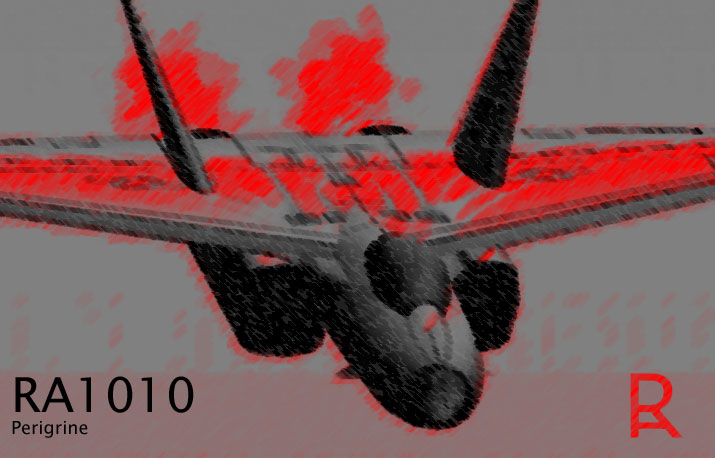| Performance |
| Max Speed (@ altitude) |
2,000knots (Mach 3.3) |
| Max Speed (@ Sea Level) |
Mach 1.2 |
| Max G-Load |
10 to -4 gs (G limiter for pilot) |
| Take Off / Landing Speed |
130knots |
| Maximum Ceiling |
90,000ft |
|
| Range |
| Full Afterburner @ 50,000ft |
3,000+ NM, Mach 3.3 |
| Supercruise @ 35,000ft (from Mach 3) |
4,000+ NM, Mach 2.7 |
| Supercruise @ 35,000ft (90% mil thrust) |
5.3 Hours Loiter Time, Mach 1.2 |
|
| Dimensions |
| Length |
62ft |
| Weight (empty) |
33,000lbs |
| Weight (max TO) |
110,000lbs |
| Weight (fuel) |
40,000lbs |
| Warload |
5,000lbs |
|
